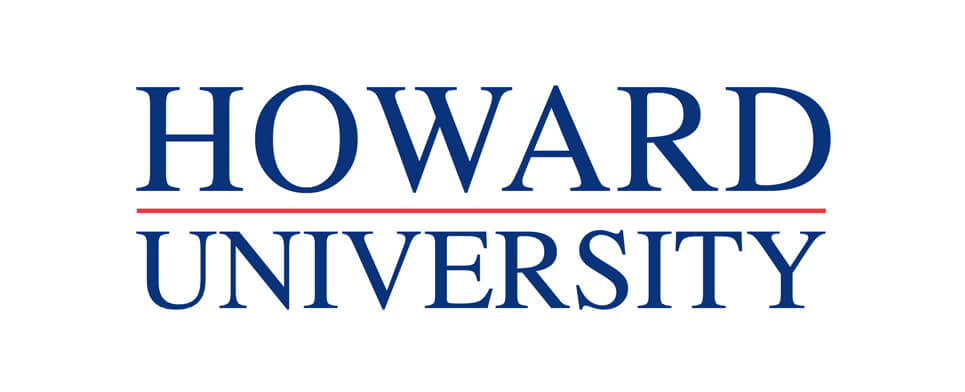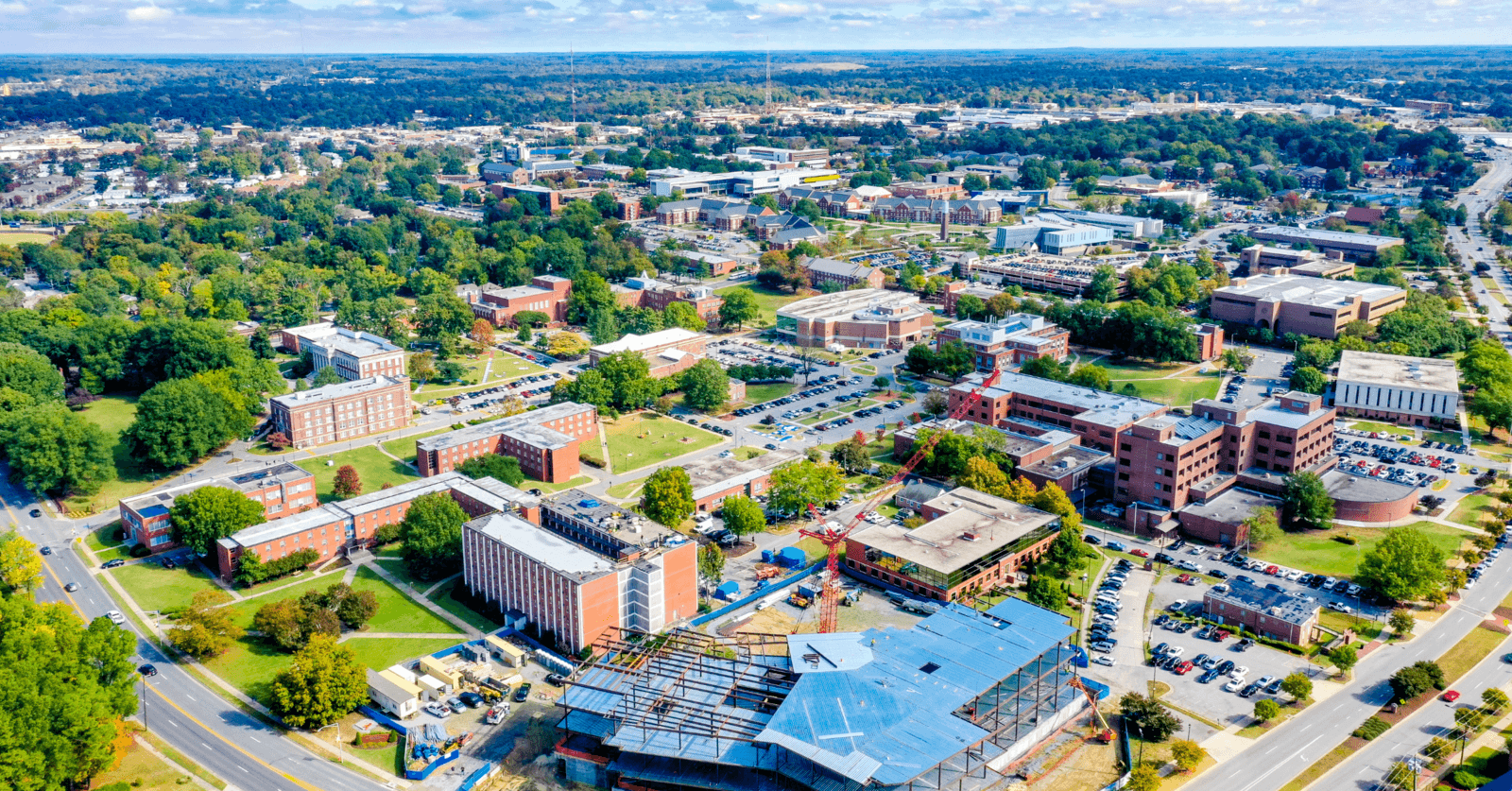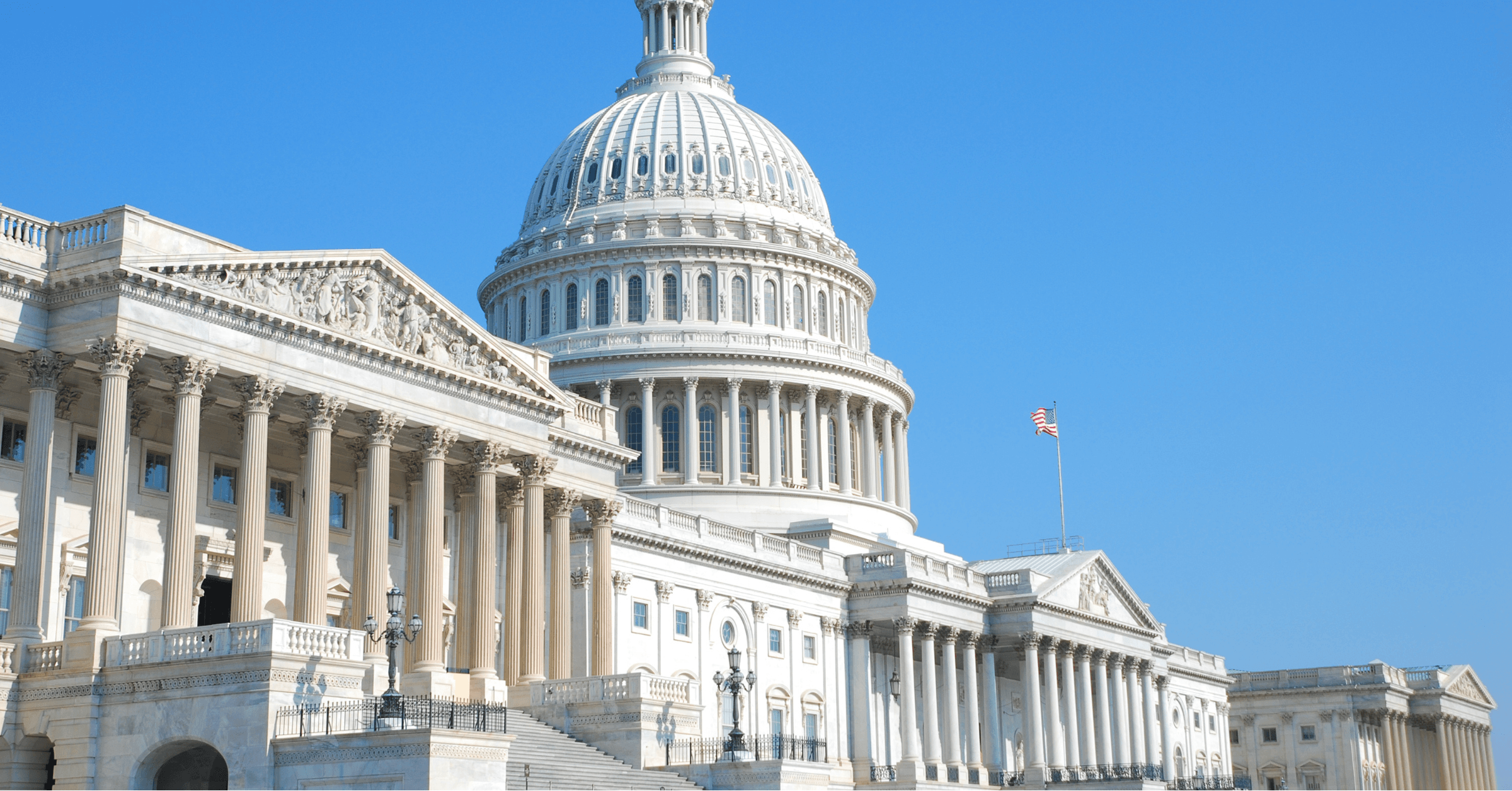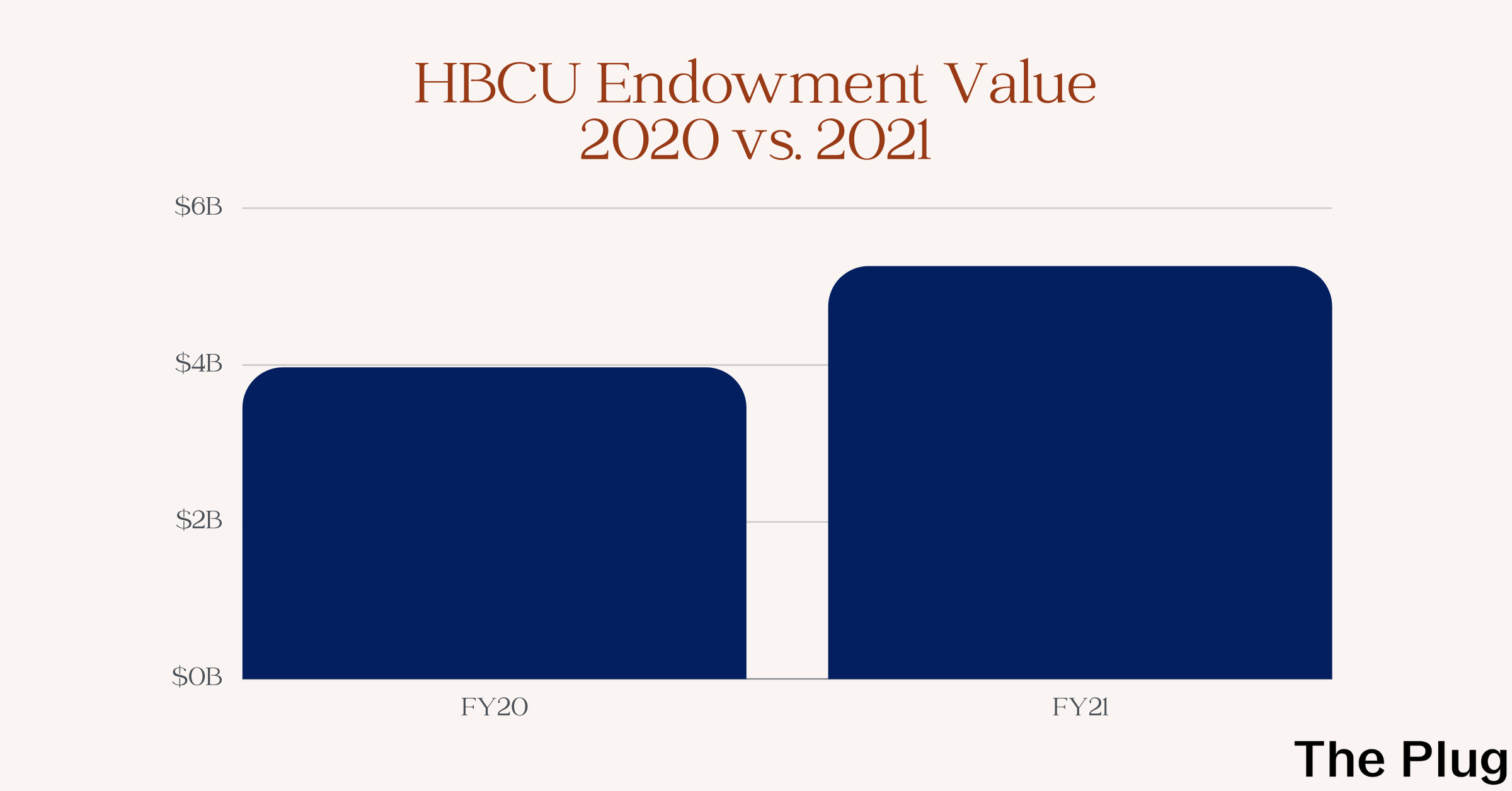KEY INSIGHTS
- Howard Students have been occupying a building for more than three weeks to protest what they say are unsafe living conditions and a lack of transparency from the administration.
- Last month alone, Howard received at least $27.2 million in gifts and grants.
- But most donations come with stipulations that restrict how they can be spent.
On October 12, two major things happened at Howard University. The school announced a $5 million gift from two former students, the largest alumni gift it has ever received, and a group of Howard students staged a protest in the Blackburn University Center on campus over what they said were unsafe conditions in the dorms. Now, more than three weeks later, the students are still occupying Blackburn and have garnered support from high-profile figures like Rev. Jesse Jackson, rapper Gucci Mane and Senator Elizabeth Warren.
“When we had our meeting on October 12, we were tired of it and we said, ‘You know what, we’re just gonna take over Blackburn,'” Alana, a Howard freshman studying nursing who declined to give her last name, told The Plug.
“It’s a new era, a new generation and so we said, ‘We’re going to go for the biggest thing that’s going to cause the most uproar and Blackburn was the biggest one,” she added. The students say mold in the dorms and a lack of communication and transparency from the administration have created unsafe living conditions.
The students had four main demands:
1. An in-person town hall with Howard University President Wayne Frederick by October 31. This deadline was not met, and Alana said the students are planning a response now.
2. Reinstating student, faculty and alumni positions on the Board of Trustees that were removed this summer. On Tuesday, the chair of the board announced that two students, one alum and the head of the faculty senate were invited to be voting members of committee meetings happening this week. However, Alana said this did not fully meet their demands.
3. Legal, disciplinary and academic immunity for the students protesting and occupying Blackburn. Alana said President Frederick told students he supported them, but it was up to the deans of their respective schools to decide on academic immunity.
4. A meeting with Howard’s president and the chair of the board to discuss housing issues and a plan to address them. Photos of mold in dorms and stories of students saying they are unable to breathe and coughing blood have been circulating on social media over the past few weeks.
One week after the occupation began, Howard said it was actively addressing reported housing issues, and was going door-to-door to look for unreported issues. The protesters say that the efforts have not been enough.
Deferred maintenance — repairs that were not performed when they should have been — is an issue across HBCUs. In 2018, the Government Accountability Office found that on average, public HBCUs reported deferred maintenance backlogs of $67 million while at private HBCUs it was $17 million.
Yet some protesters have looked at the millions of dollars in donations and grants Howard has received over the past year, including at least $27.2 million in October alone, and wondered why the university does not put it towards addressing students’ concerns. What many do not realize is that most gifts come with stipulations that restrict how funds can be spent.
“We are obligated as a matter of ethics and of law to respect the intent of our donors,” David Bennett, Senior Vice President for Development and Alumni Relations at Howard, told The Plug.
Bennett said under the D.C. Charitable Registration Act and IRS Code, the university is obligated by law to meet donors’ wishes. That means that when a donation or a grant is given with an express purpose, it can only go towards that purpose.
The $5 million alumni donation that coincided with the day students began their protest is restricted to grants for students with high economic need.
Howard also received a $5.4 million gift from Netflix in October, which specifically endowed full-tuition scholarships for fine arts students at the request of Chadwick Boseman’s widow.
Also, on October 20, Howard announced a $16.8 million grant from the PNC Foundation for a new entrepreneurship center that will also include three other HBCUs who will be programming partners in the center.
However, at $693 million, Howard has the largest endowment of any HBCU according to The Century Foundation. But in order to ensure that the endowment continues in perpetuity, only four percent of it can be spent each year, Bennett said.
Yet their endowment still pales in comparison to many non-HBCUs. For Howard, though it often ranks within the top 100 universities in the nation, for endowment size it ranks #160, The Century Foundation reported. Harvard University has the largest endowment in the nation at more than $53 billion and just four percent of that could run Howard and the Howard University Hospital for two and a half years, Bennett said.
“The scale of this is so fundamentally different, that this idea that Howard’s is the largest [endowment of all HBCUs] somehow suggests that we’re flush, and that is simply not the case,” he added.
In September, some Harvard students found mushrooms, insects and crumbling infrastructure in their dorms, according to the Harvard Crimson.
But not all of Howard’s donations have been restricted. In July 2020, the university received the largest gift from a single donor in its history — $40 million — from MacKenzie Scott, philanthropist and ex-wife of Jeff Bezos.
“We plan to immediately put this eight-figure gift to good use to support components of our 5-year strategic plan to help students graduate on time, retain our talented faculty, enhance our campus infrastructure and support academic innovation and entrepreneurship,” President Frederick said in a statement at the time.
Bennett said the money has been used exactly as Dr. Frederick outlined in his statement, which included putting some of the money towards one of Howard’s signature retention programs that matches funds for Pell Grant students and provides extra support for students whose families cannot contribute any money towards their schooling.
Howard was also planning to implement a new faculty development plan to increase rigor and quality of instruction, develop a program focused on social innovation and entrepreneurship, update technology and make essential renovations to the steam plant system.
Over the past two weeks, the university has used $11 million in federal funding to send direct cash payments to all students, about an average of $834 per student. Alana says she received about $800, but that it went straight back to the university for a tuition payment.
For Alana, though she understands that donations often come with an asterisk as to how they can be spent, she wishes there was more transparency from the administration about the stipulations for the money and how students can get scholarships that may come from it.
“There needs to be transparency on whether we do get the scholarships, whether it’s a big donation from alumni, whether it’s a big donation from whoever, we deserve to know,” she said.








